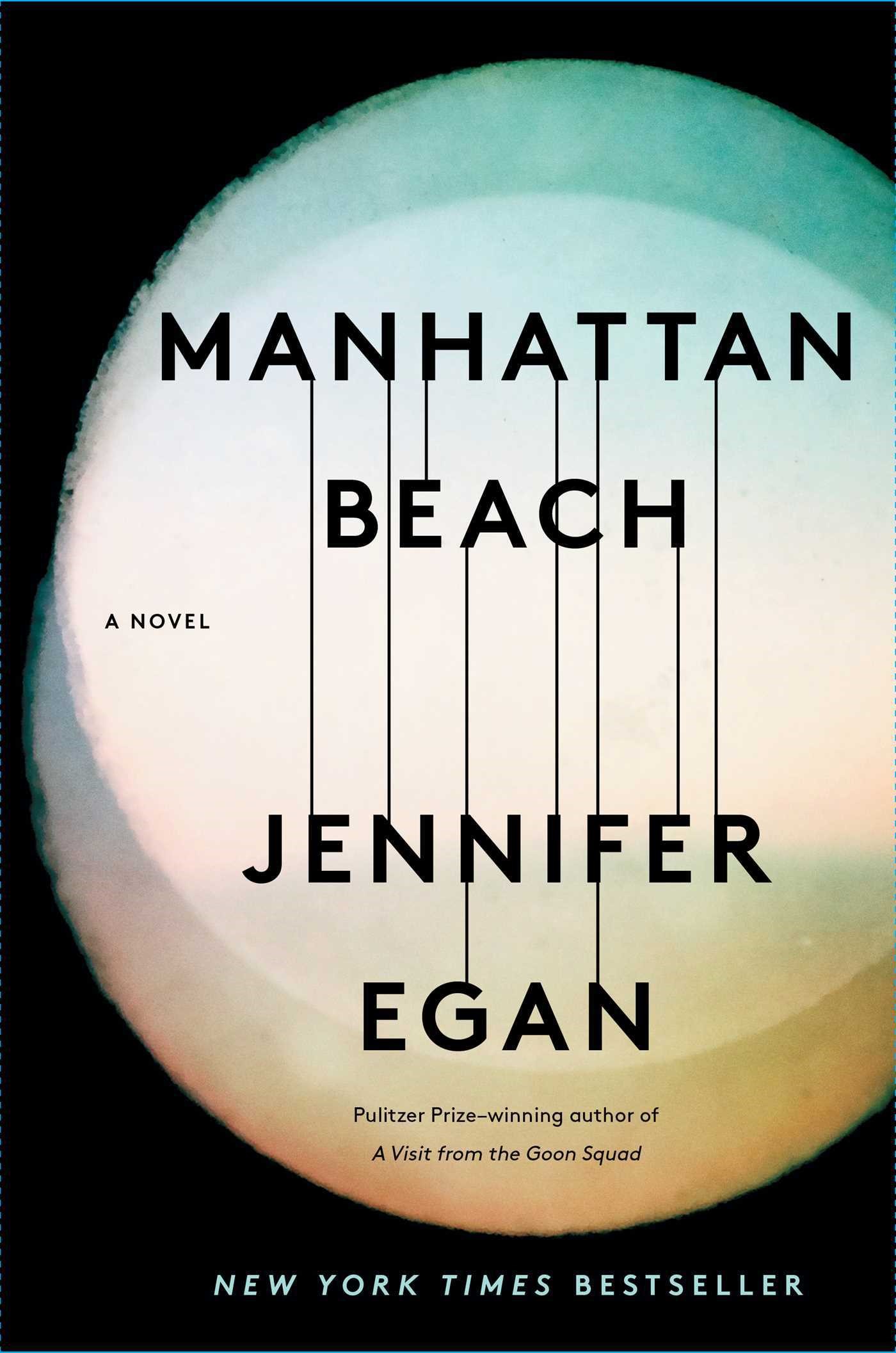Rebecca Williamson
Albert Abonado’s JAW: A Review
The mouth is crucial to our identity. It is vital for our most basic need of eating, but it is also essential for language, love, and song. It’s with our mouths, after all, that we form our most important and difficult questions: who am I? Where do I belong? In JAW, poet Albert Abonado, a first-generation Filipino American, explores identity, family, and culture. With attention to the human body—specifically the various parts of the mouth—Abonado probes what it means to be both Filipino and American. In poems that are both serious and funny, Abonado tackles the question of identity and reveals the challenges of sustaining one’s cultural heritage.
The collection begins with “America Tries to Remove a Splinter,” a poem about assimilation. Despite America promising it will be quick, the reader understands there is a cost to the extraction:
you will not notice how
I have put my hands inside your bones which are hollow
which are your father your mother I have your hand
on my palm how does this feel
The person who has the splinter never responds in this poem, but the following poems provide some answers. In the poem “How to Unbend the Tongue.” The speaker admits he has tried to learn Tagalog, but can’t fully master it. He wishes he was comfortable “to say / blood and dick with sincerity” in Tagalog but can’t do so. In the end, he is unable to unbend his tongue to speak the language of his family. Another poem that explores language is “The Greeting,” where the speaker dreams about his father’s tongue, “how it contracts, isolated, / enters the world already heavy / and blackened.”
Family history is also examined as a way of understanding what it means to be Filipino American. The second section of the collection is focused on Tito Manuel, who Abonado said in an interview on The Sundress Blog is based on his deceased Uncle and his stories of surviving World War II. In “Tito Manuel Escapes the Death March,” the speaker says:
No offense to the man whose
body I hide beneath, but I am good
at being dead
regardless of what
my urine soaking
in the ground might suggest.
The image of the speaker—Tito Manuel—burying himself under a dead body to remain alive is harrowing and reveals how significant experiences of inherited trauma might become woven into one’s identity. Tito Manuel’s story becomes another layer of what it means to be a Filipino American, especially how such identities are heightened during war.
In JAW’s third section, Abonado turns to popular culture to further explore identity. Through poems that address Harold and Kumar, the Asian characters in the buddy film Harold and Kumar Go to White Castle, Abonado questions the losses of immigration, the challenges of assimilation, and the damning effects of stereotyping. In the poem, “The Darkest Sugars Are Always the Sweetest,” the speaker says:
Kumar,
you and I are great Americans. We have great American
Hands and great American hair. Great American American holes
in the elbows of our button downs and great American
teeth with great American coffee stains.
Here, Abonado seems as if he is persuading Kumar of their shared Americanness, the proof is the love of Coca-Cola, that most American of beverages, and the rotten teeth it creates. Indeed, the speaker “cannot stop singing about its virtues to [his] wife.” In “The Mercy Suit” we are again confronted with images of the mouth, though here it stays closed: “Kumar, I have watched my loved / ones do this, leave behind holes / where their voice should be.”
The final section feels like a reconciliation of the Filipino and the American within the speaker. “Someday I Will Love Albert Abonado” acknowledges that the name—Albert—had belonged to the speaker’s grandfather’s. Albert is told “learn / to love your spine, which is a collection of your mother’s / spindles, love the fingers that break each time you use them / to count.” Here, our speaker returns to the body to plead with Albert to love himself. He encourages Albert to see the name as “sweetened,” a bounty, “harvested again.”
JAW is about family, identity, immigration, and what gets left behind. As the collection ends with “Self-Portrait as a Wisdom Tooth,” the speaker says, “I collide against myself, recoil from / my ghostly hum. I do not own / the blood that passes beneath me, but I threaten its alignment.” JAW, a moving and resonant collection, is a reckoning with the past and the future as the speaker in “Idle” says:
They followed a star here
They came looking for myrrh This is an old story
Maybe you’ve heard it before

 Posted by Hemingway Lovullo, Fiction Reader for 8.2
Posted by Hemingway Lovullo, Fiction Reader for 8.2



